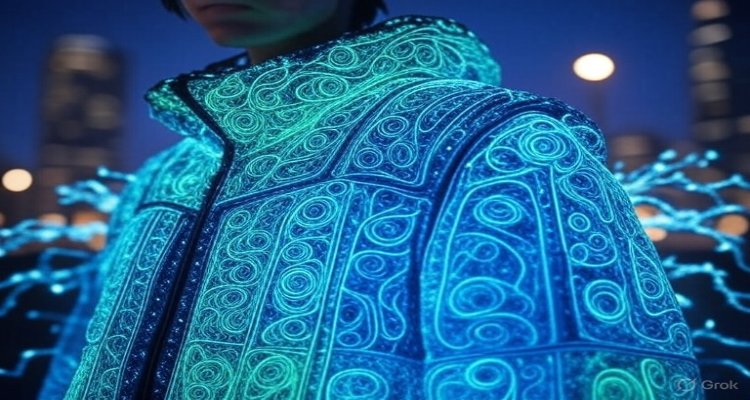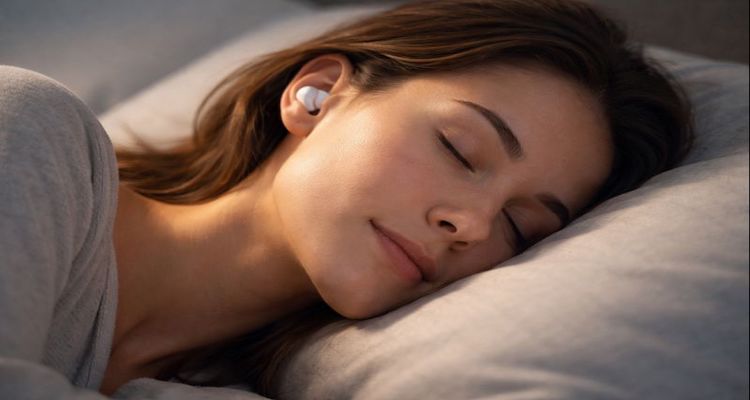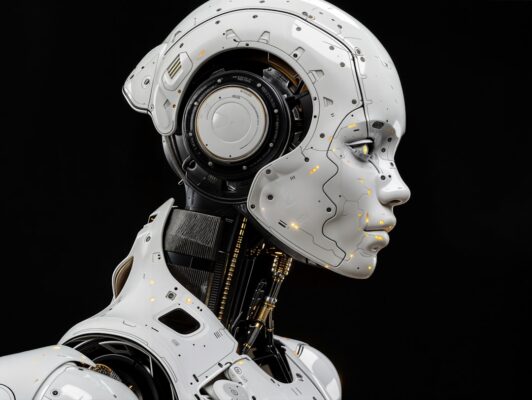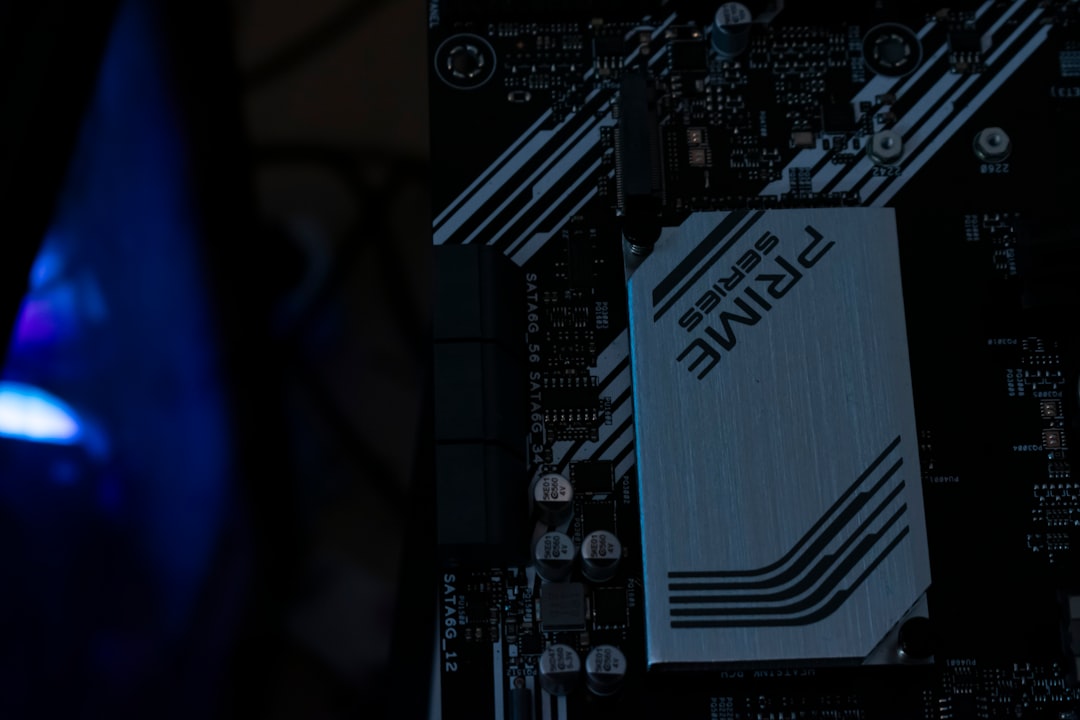Invisible Wearables: When Tech Lives in Fabrics

From smart shirts to responsive textiles, invisible wearables are redefining fashion and technology by embedding computing power directly into fabrics.
Introduction: The Future You Can’t See
Imagine slipping on a jacket that monitors your heart rate, adjusts to temperature changes, or even charges your phone—without a single visible gadget. This isn’t science fiction. It’s the emerging frontier of invisible wearables, where technology doesn’t sit on your wrist or in your pocket but lives seamlessly in the very fabrics we wear.
Context & Background
For decades, wearables have been defined by devices like fitness trackers, smartwatches, and AR glasses. While revolutionary, they remained separate add-ons—bulky, visible, and often limited in function. As consumer demand shifts toward comfort, minimalism, and integration, researchers and tech companies are weaving circuits, sensors, and microprocessors directly into fabrics.
This evolution aligns with the broader movement of ubiquitous computing—technology that blends into daily life until it becomes invisible. From MIT’s self-heating textiles to Google’s Project Jacquard with Levi’s smart denim jacket, early prototypes have hinted at what’s now becoming reality: clothing that is both stylish and intelligent.
Main Developments
The invisible wearables market is gaining momentum thanks to breakthroughs in:
- Conductive Threads & Fibers: Advanced textiles now use silver-coated or carbon-based fibers to carry electrical signals without traditional wiring.
- Flexible Electronics: Ultra-thin, washable circuits and microchips can be embedded without disrupting fabric comfort.
- Self-Powering Systems: Energy-harvesting fabrics, like solar-textile blends or kinetic fibers, eliminate the need for bulky batteries.
- AI-Powered Integration: Smart fabrics can now pair with cloud systems, analyzing biometric data for health monitoring or performance optimization.
Several startups and established players are racing to scale production. Companies like Nextiles, Xenoma, and Wearable X are designing smart yoga pants, athletic wear, and medical garments. Meanwhile, giants like Nike, Samsung, and Apple are rumored to be exploring textile-based tech.
Expert Insight & Public Reaction
Experts suggest invisible wearables could redefine industries beyond fashion.
“We’re entering a post-device era,” says Dr. Ayesha Malik, a textile engineer at Stanford University. “Clothing will become the interface—collecting data, providing feedback, and even adapting to environments without consumers thinking about it.”
Public sentiment, however, is mixed. Fitness enthusiasts and tech-forward consumers are excited by the convenience. Yet, privacy advocates warn that clothing capable of constant biometric monitoring could create new vulnerabilities. Concerns over data security, consent, and surveillance are fueling cautious debates about regulation.
Impact & Implications
The implications are vast:
- Healthcare: Hospital gowns could monitor vitals in real-time, reducing the need for intrusive equipment.
- Sports & Fitness: Athletes may train with clothing that measures performance and prevents injury.
- Workplace Safety: Construction workers’ uniforms could detect fatigue, toxins, or dangerous environmental changes.
- Fashion Industry: Designers may merge aesthetics with function, ushering in a new era of interactive apparel.
However, challenges remain. Washability, affordability, and ethical data usage will determine how fast these fabrics enter mainstream wardrobes. Governments may soon need to draft smart textile regulations to balance innovation with protection.
Conclusion: A Future Woven in Code
Invisible wearables are more than the next fashion trend—they represent a shift in how humans interact with technology. As fabrics become computing platforms, the boundaries between clothing, devices, and healthcare blur. While the road ahead carries hurdles, the promise of tech you don’t see but always feel is too transformative to ignore.
The next time you put on a shirt, it might not just be about comfort or style. It could be your personal assistant, doctor, and trainer—woven into every thread.
Disclaimer : This article is for informational purposes only. It does not endorse specific products or guarantee outcomes. Readers should consult professionals for medical or technical guidance.










